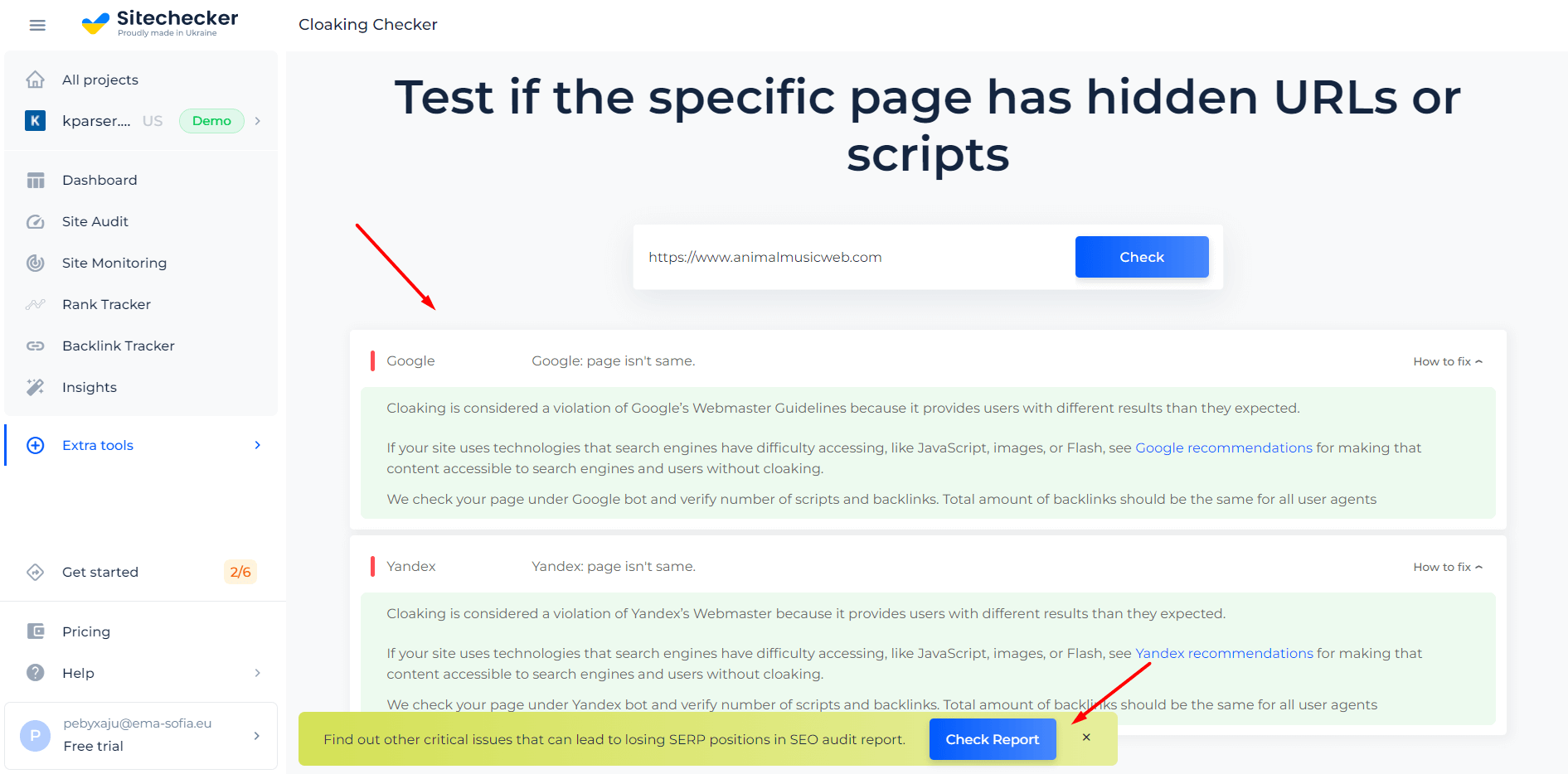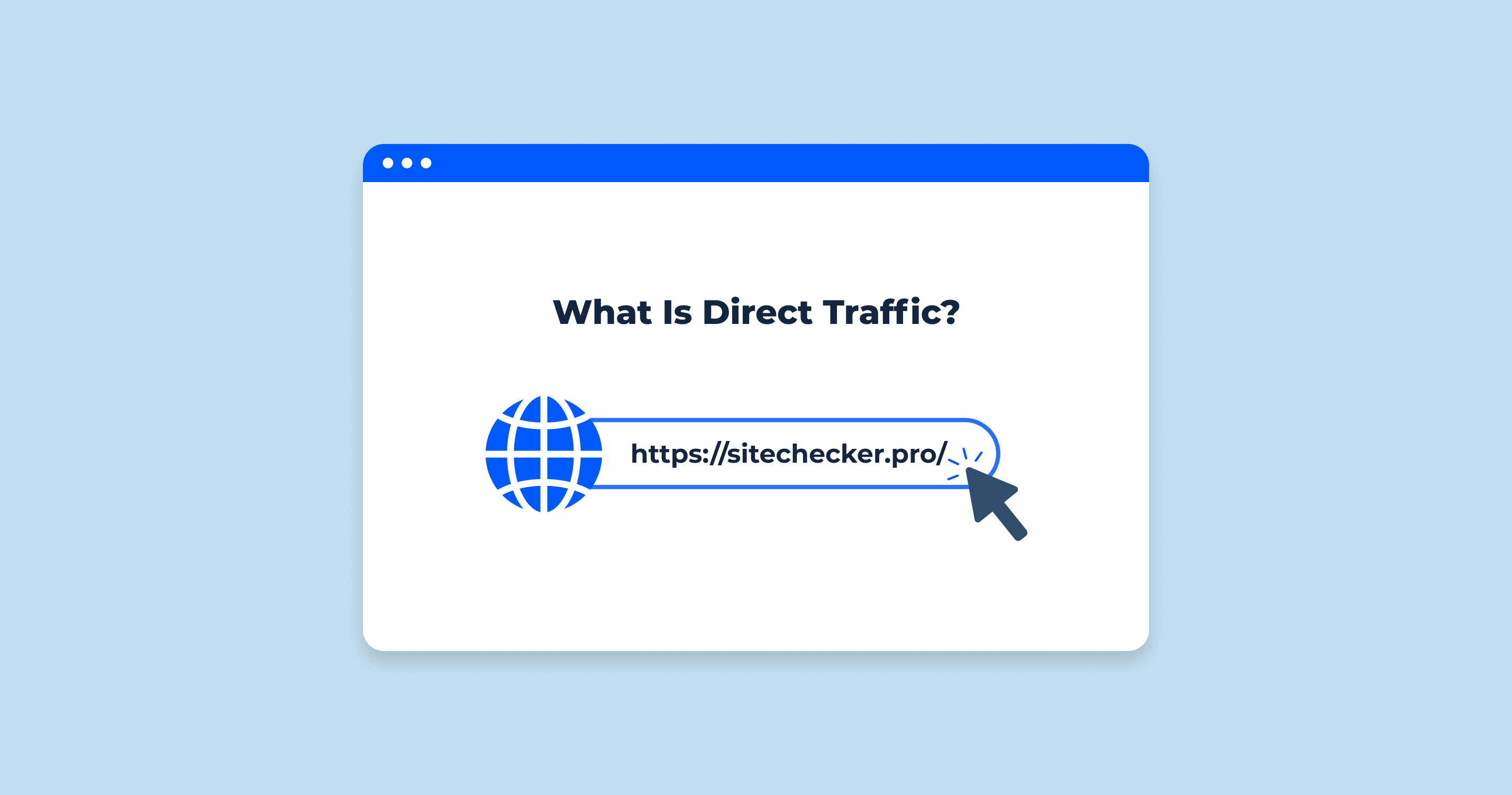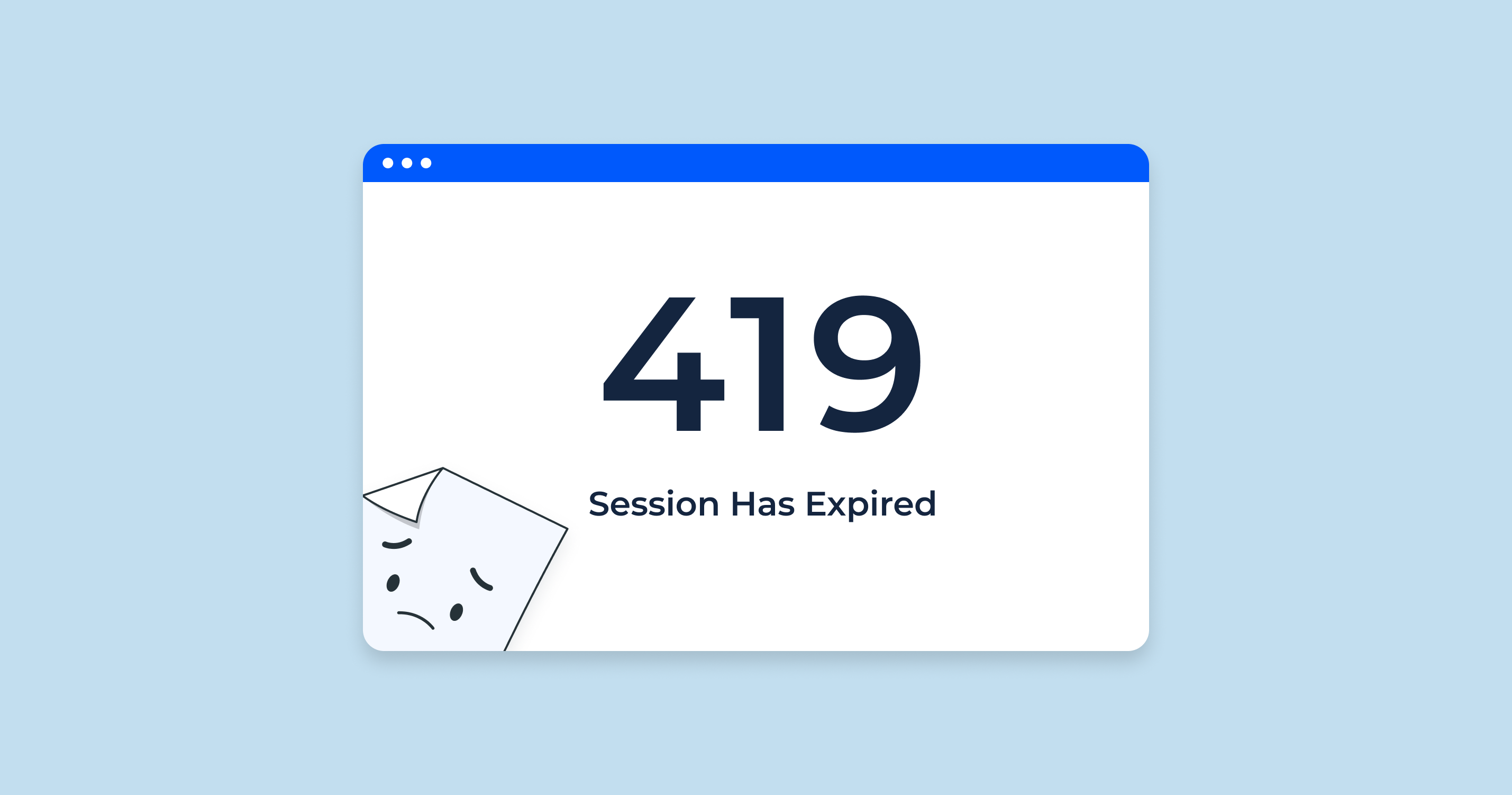Cloaking in SEO is a technique fraught with controversy and risks but is critical to understand due to its profound impact on search engine rankings. This method can lead to serious repercussions if improperly used, yet it continues to be a topic of discussion among SEO professionals. This article aims to shed light on what cloaking is, why it is generally prohibited, the different types of masking, and permissible practices, if any, to offer a balanced view of this SEO technique.
What is Cloaking in SEO?
Cloaking refers to an SEO tactic where the content presented to the search engine spider is different from that presented to the user’s browser. The primary purpose of masking is to deceive search engines so that they display the page when it would not otherwise be displayed. By doing so, websites can potentially rank higher for certain keywords and receive more organic traffic. However, the repercussions of this technique are significant as it goes against the guidelines set by search engines, leading to penalties, including the possible removal of the website from the search engine’s index.
Why is Cloaking Prohibited in SEO?
Cloaking is generally prohibited in SEO because it presents a form of deception, leading to a poor user experience. Users expect to see content that is relevant to their search query, and cloaking can mislead them to unrelated or harmful content. It undermines the integrity of search results and can lead to mistrust among users, potentially harming the reputation of search engines.
Google’s Stance on Cloaking
Google, being the foremost search engine, expressly forbids cloaking. According to Google’s Webmaster Guidelines, any form of cloaking is considered a violation of these guidelines and can lead to a site being removed from Google’s index. Google’s algorithms are continually evolving to detect and penalize websites employing cloaking to ensure the relevance and accuracy of search results, maintaining user trust and delivering a superior user experience.
How to Identify Cloaking on a Website?
Identifying masking on a website can be somewhat complex, but several methods can help detect such practices. One common method is to compare the content seen by search engine crawlers with what is presented to users. SEO tools and browser extensions are available that allow users to view a webpage as a search engine bot. Any discrepancies between the two versions of content can be indicative of masking. Additionally, analyzing the website’s code for hidden elements, examining the HTTP headers and the response code, and observing differences in content presentation between different user-agents and IP addresses can also aid in detecting cloaking practices.
Different Types of SEO Cloaking
Cloaking is not a one-size-fits-all strategy and can be implemented in various ways, each with its unique characteristics and implications. While they all aim to deceive search engines to some degree, understanding the different types is crucial for identifying and combating them. Here are three of the most common types of SEO cloaking:
IP Cloaking
IP Cloaking is a type of SEO masking where the content delivered to the search engine crawlers is different from the content presented to the user, based on their IP address. Websites can identify the IP addresses of search engine bots and serve them optimized, crawler-friendly content while showing different content to regular users. This method is particularly deceptive as it misrepresents the website’s actual content to gain higher rankings and is severely penalized when detected by search engines.
User Agent Cloaking
User Agent Cloaking is another common form of SEO masking where the server serves different content based on the user agent of the requestor. User agents are identifiers that browsers send to the server to inform them about the type of browser and operating system being used. When a request is made by a search engine bot, its user agent is recognized, and cloaked, optimized content is served instead of the actual webpage content. This deceptive technique violates search engine guidelines and can result in penalties, including de-indexing of the website.
Javascript Cloaking
Javascript Cloaking involves delivering different content to users and search engine bots based on their ability to process JavaScript. Since most search engine bots do not process JavaScript the same way browsers do, websites using this method present plain, keyword-rich content to bots while users see content rendered with JavaScript, which might be entirely different. This discrepancy can mislead search engines about the actual content and intent of the webpage, leading to improper rankings and potential penalties when discovered.
Methods to Implement Cloaking
Implementing cloaking involves using several methods and techniques that manipulate how content is viewed by search engines compared to regular users. It is essential to note that while elaborating on these methods, the intention is to educate and spread awareness about unethical SEO practices, rather than encourage their use. Here are some of the methods through which cloaking can be implemented:
Hidden Text
Hidden Text is one of the earliest and simplest forms of cloaking, where text is concealed within the webpage, making it visible to search engine bots but not to users. This can be done by making the text color the same as the background color, setting the font size to zero, or positioning the text off-screen using CSS. Such hidden text often contains an excessive number of keywords to manipulate search engine rankings.
Flash Websites
Flash Websites can also be used to implement masking. In this method, search engine bots are served with keyword-rich HTML content while users are presented with Flash-based content. Given the differences in how search engines and browsers process Flash, this method exploits the discrepancy to present different content and manipulate rankings.
Text to HTML Ratio
Manipulating the Text to HTML Ratio is another method for cloaking. By altering the ratio of visible text to HTML code on a page, sites can present a version high in text content to search engine bots while delivering pages heavy on HTML, CSS, or JavaScript to users. This discrepancy misrepresents the content’s actual relevance and quality to search engines, impacting the site’s rankings.
Javascript Replacement
Javascript Replacement is a sophisticated form of masking where the content visible to users is replaced using JavaScript. When search engine bots access the page, they see the original, often keyword-rich content, while users, with JavaScript-enabled browsers, see different content. This method capitalizes on the varying capabilities of bots and browsers to process JavaScript and can severely mislead search engine rankings.
Gallery Websites
Gallery Websites use masking by presenting image-rich content to users while serving text-based content to search engine bots. Given that search engines primarily rely on text for indexing and ranking, gallery sites exploit this by presenting bots with keyword-rich text that may not represent the actual content users see. This misrepresentation can lead to inflated rankings and undeserved traffic.
Permissible SEO Cloaking Practices
The discussion around cloaking mostly revolves around its unethical aspects, but it’s important to explore whether there are any permissible or “white-hat” masking practices. Ethical SEO practices are those that conform to search engine guidelines and aim to provide better user experiences and content relevancy without deception.
While most forms of masking are explicitly against search engine guidelines due to their deceptive nature, there are situations where altering content based on user-agent can be considered permissible. For instance, presenting different content to mobile and desktop users to optimize user experience is generally accepted, as long as the content variance doesn’t misrepresent the page’s intent and relevance to search engines. Another acceptable practice is the localization of content, where users from different regions see content in their language, as long as the core content and intent remain the same. It’s crucial, however, that such practices maintain transparency and alignment with search engine guidelines to be considered ethical.
Consequences of Cloaking: Google Penalties
Cloaking can have severe repercussions, primarily when used to deceive search engines and users. Google, as one of the main proponents of ethical web practices, has implemented stringent measures to identify and penalize sites employing masking.
When a site is found to be using masking, it can face a range of penalties, including a significant drop in rankings or complete de-indexing from search results, effectively erasing the site’s online presence. Additionally, manual actions can be levied against the site, requiring webmasters to rectify the violations and submit their sites for review, a process that can be lengthy and cumbersome.
Test Any Page for Hidden URLs or Scripts with Website Cloaking Checker
The Website Cloaking Checker tool is an invaluable asset for any website owner or SEO professional seeking transparency and trustworthiness in their online endeavors. Cloaking, a black-hat SEO technique where different content is shown to search engines than to users, can incur severe penalties from search engines. This tool ensures that your website is not unknowingly participating in such practices, thereby safeguarding your site’s reputation and search engine rankings.

Beyond its primary function, the Cloaking Checker offers additional features that provide comprehensive insights into a website’s performance. Not only does it detect cloaking, but it also highlights other potential SEO pitfalls that could jeopardize a website’s credibility. Employing this tool gives users an edge in maintaining a website that’s both user-friendly and search engine compliant.
Unmask Hidden SEO Tricks!
Use our Cloaking Checker to ensure consistency for users and search engines alike.
Summary
SEO cloaking is a controversial strategy manipulating rankings by presenting varied content to search engine bots and users. It’s against guidelines and can incur severe penalties like de-indexing, especially from entities like Google advocating ethical web practices. The tactic involves sophisticated types like IP, User Agent, and JavaScript cloaking, and methods such as hidden text and altering Text to HTML ratios. Some discussions consider “white-hat” masking practices like content optimization and localization permissible if transparent and non-deceptive. Understanding SEO masking is vital for maintaining website integrity and promoting ethical web practices.









